Visualize attempting to cope with a pandemic like COVID- 19 in a globe where tiny life was unknown. Prior to the 17 th century, individuals were restricted by what they might see with their own 2 eyes. However after that a Dutch towel merchant altered whatever.
His name was Antonie van Leeuwenhoek, and he lived from 1632 to 1723 Although untrained in scientific research, Leeuwenhoek came to be the greatest lens-maker of his day, uncovered tiny life forms and is understood today as the “dad of microbiology.”
Envisioning ‘animalcules’ with a ‘little see-er’
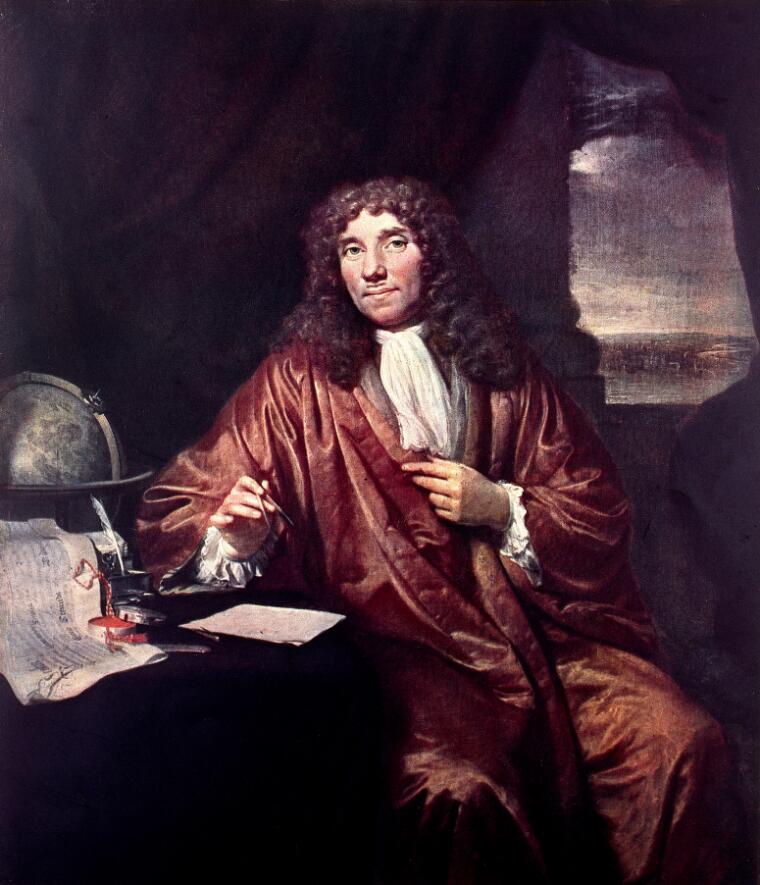
Leeuwenhoek unlocked to a substantial, previously hidden globe. J. Verolje/Wellcome Collection , CC BY
Leeuwenhoek really did not set out to recognize microbes. Rather, he was trying to analyze the quality of string. He created a method for making lenses by home heating slim filaments of glass to make little rounds. His lenses were of such premium quality he saw things no person else could.
This enabled him to educate his microscope– literally, “little see-er”– on a brand-new and largely unforeseen realm: items, including microorganisms, far as well little to be seen by the nude eye. He was the first to imagine red cell, blood flow in veins and sperm
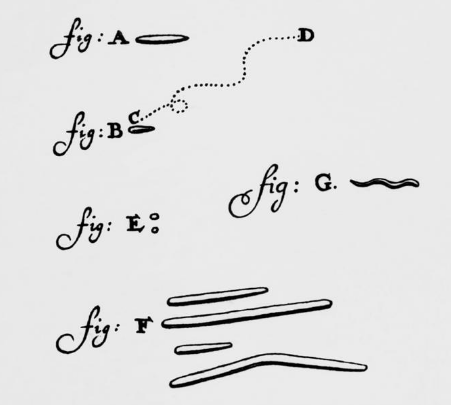
Drawings from a Leeuwenhoek letter in 1683 showing human mouth bacteria. Huydang 2910 , CC BY-SA
Leeuwenhoek was also the initially human being to see a bacterium — and the significance of this exploration for microbiology and medicine can barely be overstated. Yet he was reluctant to publish his findings, because of his absence of official education and learning. At some point, friends prevailed upon him to do so.
He created, “Whenever I discovered anything amazing, I believed it my duty to take down my discovery theoretically , to make sure that all ingenious people could be informed thereof.” He was led by his interest and joy in exploration, insisting “I’ve taken no notice of those who have actually said why take a lot trouble and what excellent is it ”
When he reported picturing “animalcules” (tiny animals) swimming in a drop of fish pond water, participants of the clinical neighborhood questioned his integrity. After his searchings for were affirmed by trustworthy spiritual and scientific authorities , they were published, and in 1680 he was welcomed to join the Royal Society in London, then the globe’s premier scientific body.
Leeuwenhoek was not the world’s only microscopist. In England, his modern Robert Hooke coined the term “cell” to define the standard system of life and released his “Micrographia,” including unbelievably in-depth photos of insects and so forth, which became the initial scientific best-seller. Hooke, nevertheless, did not identify germs.
Despite Leuwenhoek’s expertise as a lens-maker, even he might not see viruses. They are about 1/ 100 th the size of germs, a lot as well tiny to be visualized by light microscopes, which as a result of the physics of light can amplify just hundreds of times Viruses weren’t imagined until 1931 with the creation of electron microscopic lens , which could amplify by the millions.
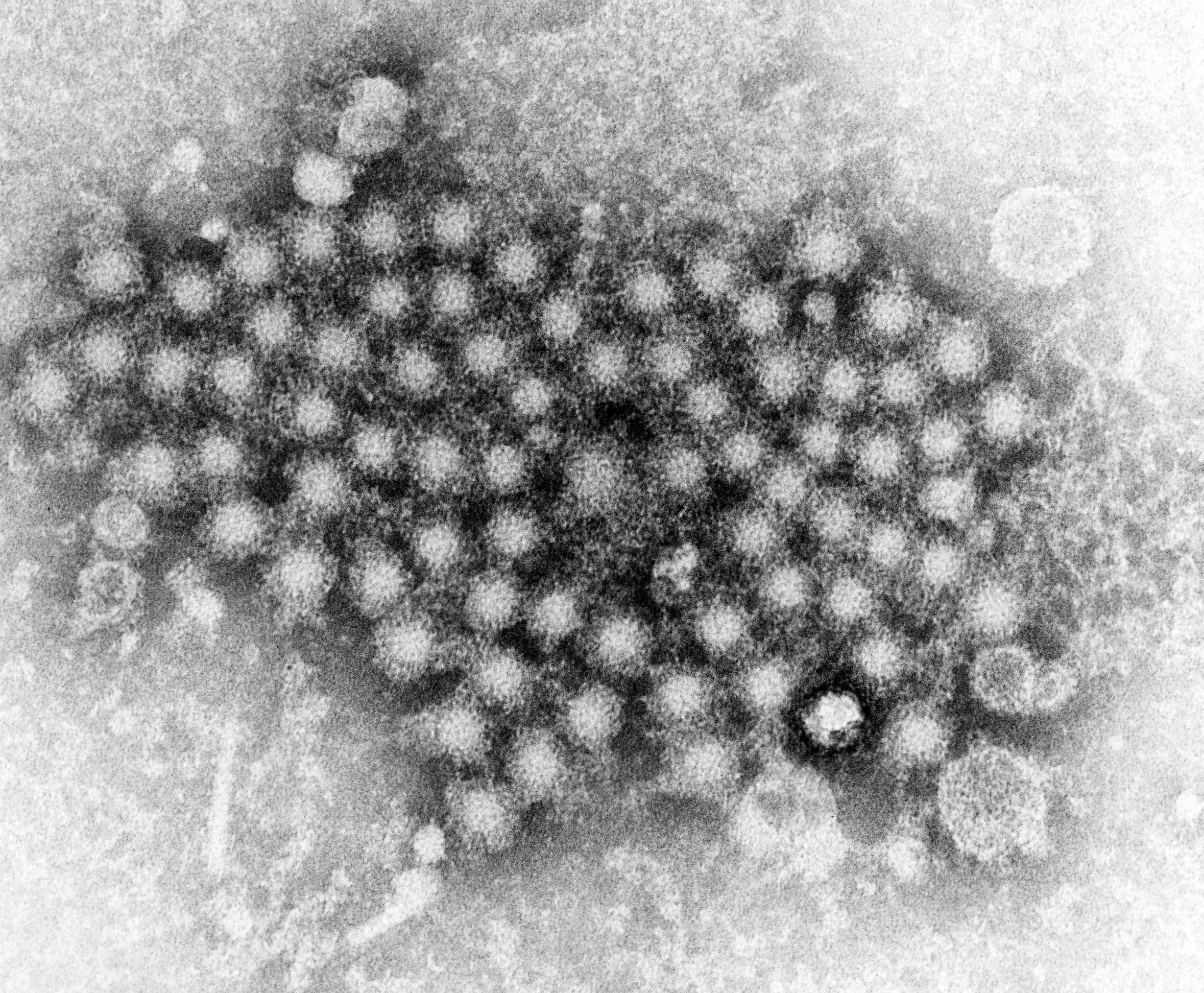
An image of the hepatitis virus courtesy of the electron microscope. E.H. Chef, Jr./ CDC using Associated Press
A huge, previously unseen globe
Leeuwenhoek and his followers opened up, by far, the biggest realm of life. As an example, all the germs in the world exceed people by greater than 1, 100 times and outnumber us by an unbelievable margin. There is fossil proof that microorganisms were among the initial life forms on Planet , dating back over 3 billion years, and today it is thought the planet residences concerning 5 nonillion (1 adhered to by 30 absolutely nos) germs
Some types of germs trigger conditions , such as cholera, syphilis and strep throat; while others, referred to as extremophiles , can make it through at temperature levels past the boiling and freezing factors of water, from the upper reaches of the environment to the deepest factors of the seas. Also, the number of safe microbial cells on and in our bodies likely outnumber the human ones
Viruses, that include the coronavirus SARS-CoV- 2 that creates COVID- 19, outnumber microorganisms by an element of 100, meaning there are even more of them on Earth than celebrities in the universe They, too, are located everywhere, from the upper environment to the ocean midsts.
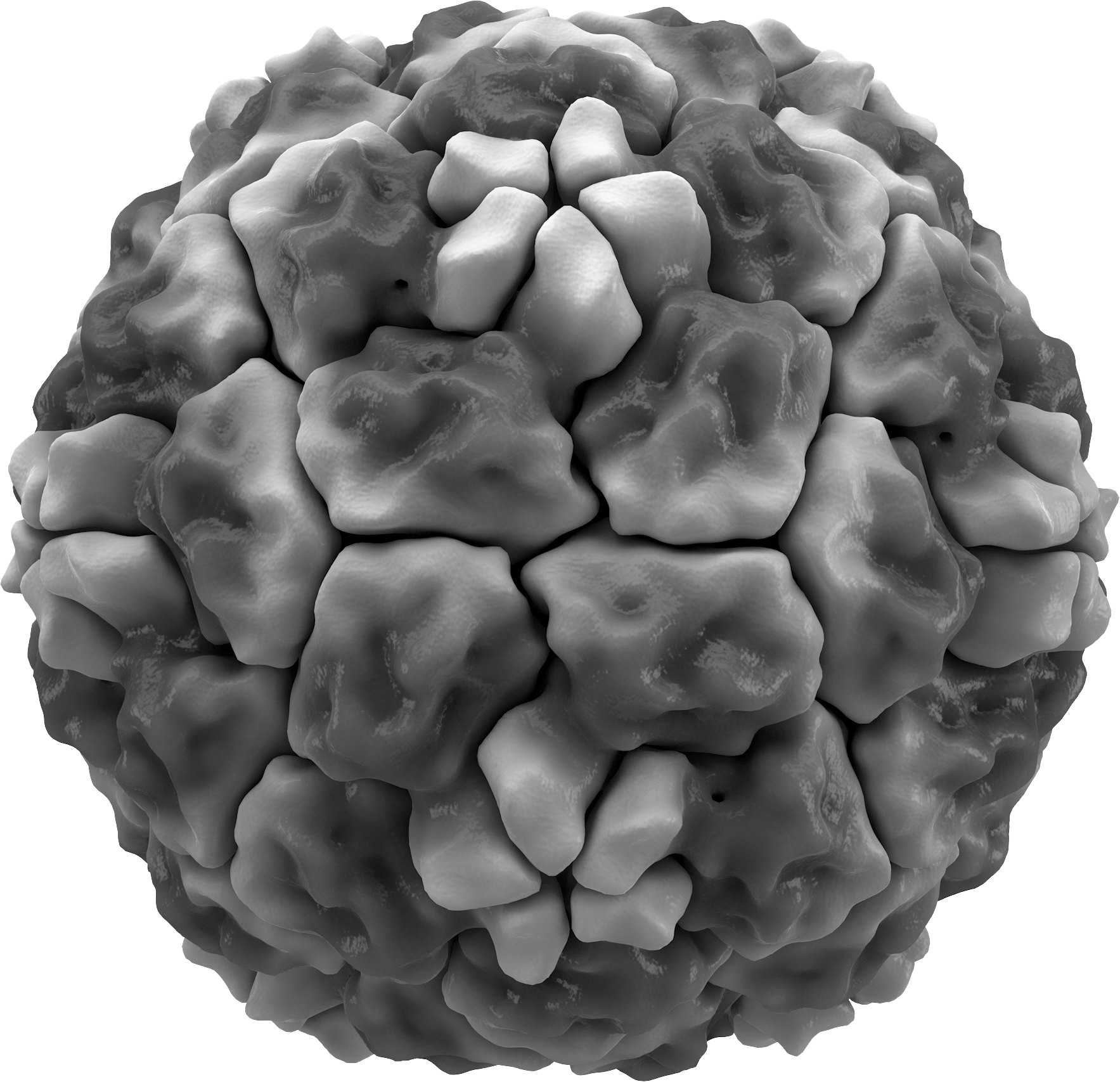
A visualization of the human rhinovirus 14, among several infections that create the common cold. Healthy protein spikes are tinted white for clarity. Thomas Splettstoesser , CC BY-SA
Strangely, infections probably do not certify as living microorganisms They can reproduce only by contaminating other organisms’ cells, where they hijack mobile systems to make copies of themselves, often causing the fatality of the contaminated cell.
It is essential to bear in mind that microorganisms such as germs and viruses do even more than cause illness, and many are crucial to life. For example, microorganisms manufacture vitamin B 12 , without which most living organisms would certainly not be able to make DNA.
Also, viruses cause conditions such as the common cold, influenza and COVID- 19, yet they likewise play a vital role in transferring genes in between varieties, which helps to boost hereditary variety and drive development Today scientists utilize viruses to treat diseases such as cancer
Scientists’ understanding of germs has proceeded a long means because Leeuwenhoek, consisting of the advancement of prescription antibiotics against bacteria and vaccines against infections consisting of SARS-CoV- 2
However it was Leeuwenhoek that first opened people’s eyes to life’s vast tiny realm, a discovery that remains to transform the world.
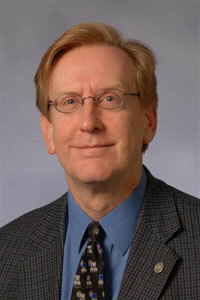
By Richard Gunderman , Chancellor’s Professor of Medicine, Liberal Arts, and Philanthropy, Indiana University. This article is republished from The Conversation under an Imaginative Commons license. Review the initial post